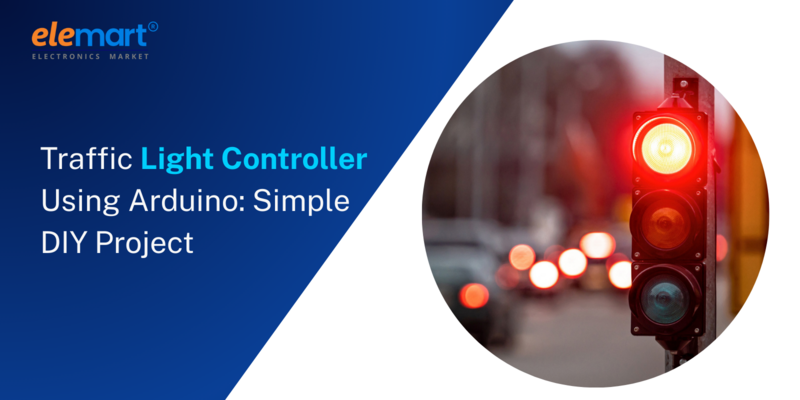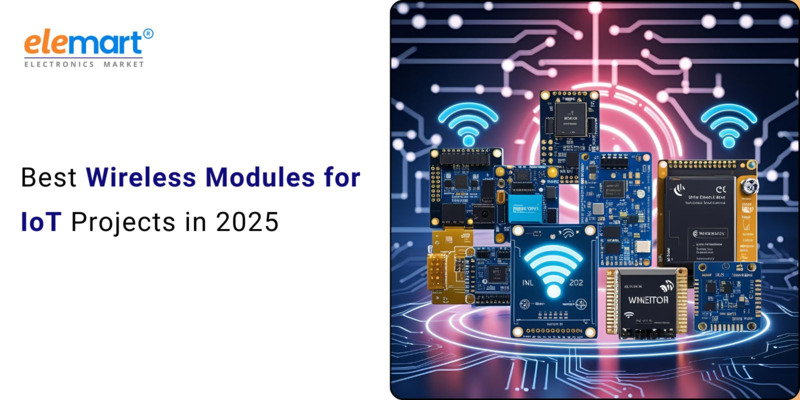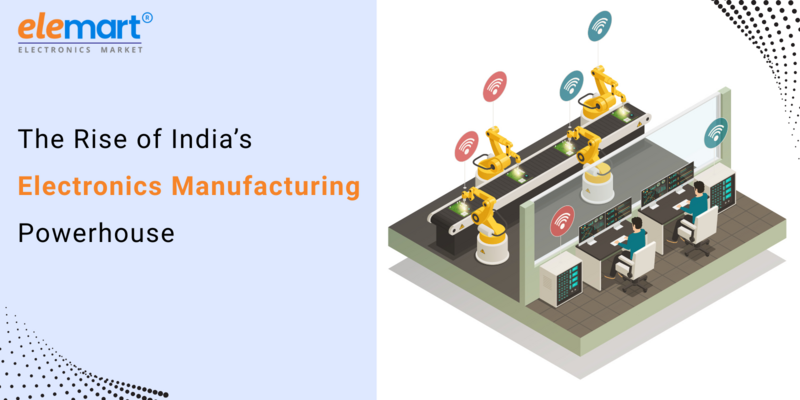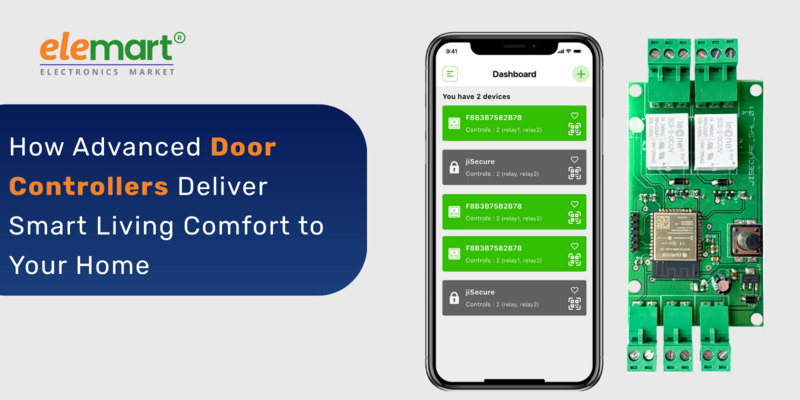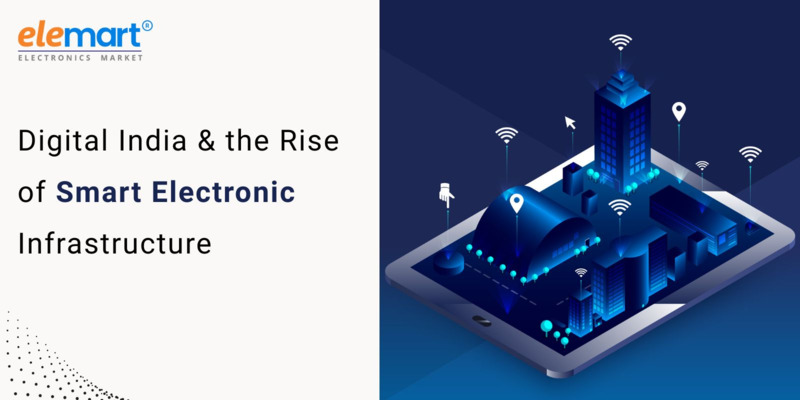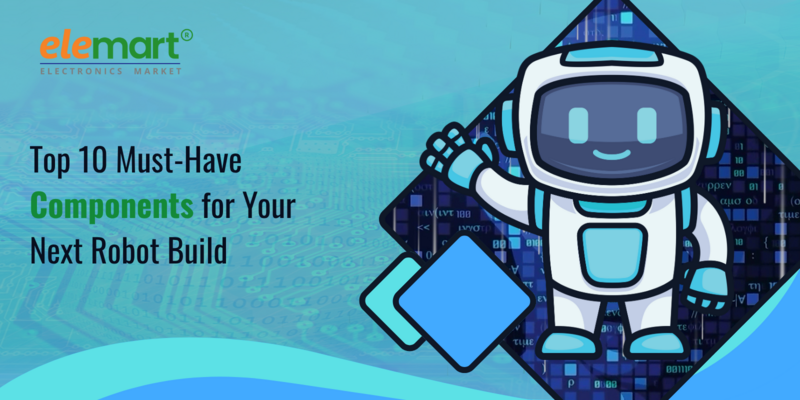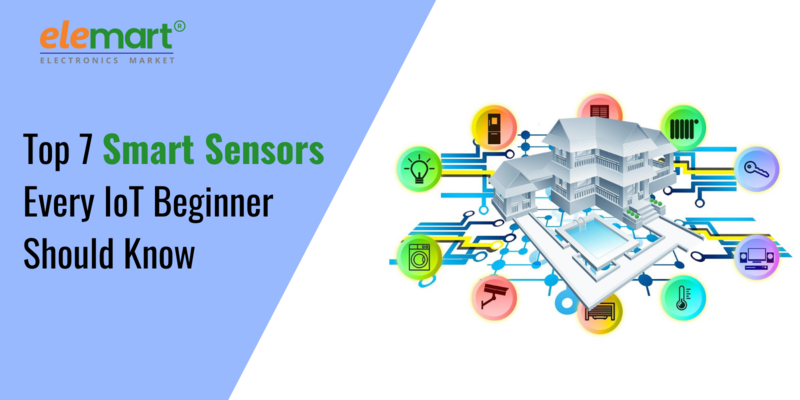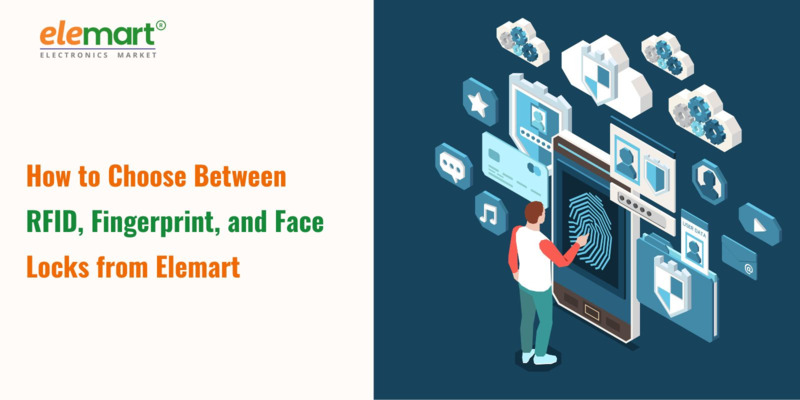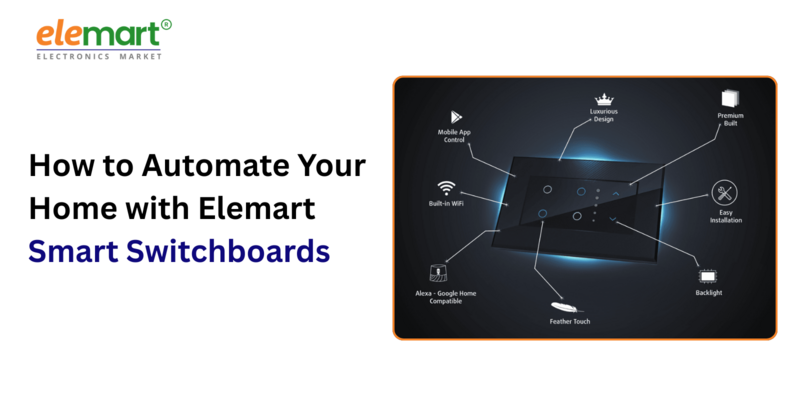- Jul 08, 2025
- Smart Home
- 375
Share this post on:
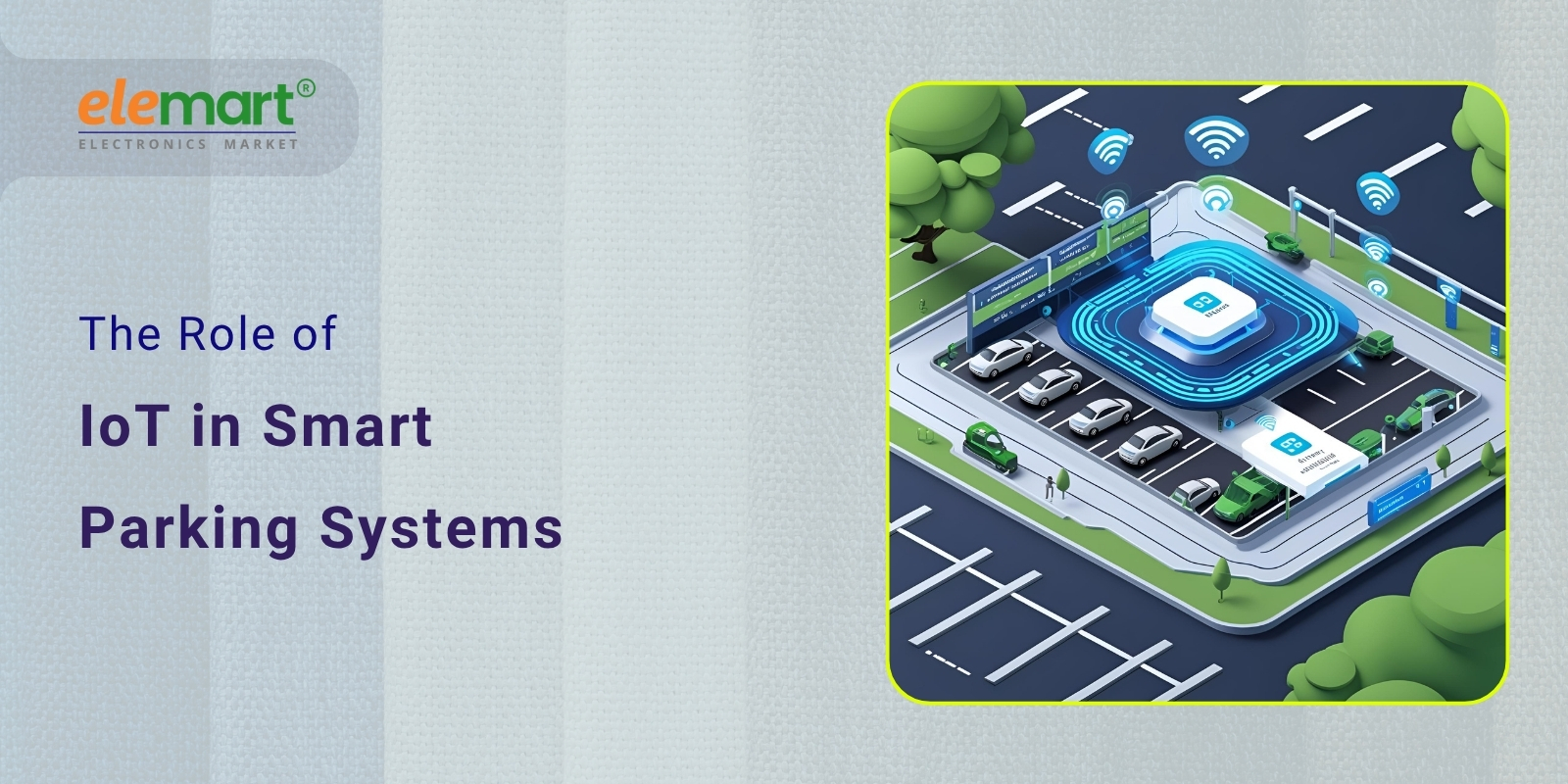
Parking. It's a universal frustration. Whether you’re circling a bustling city center or struggling to find a spot at the local supermarket, the hunt for a parking space is often time-consuming, stressful, and contributes significantly to urban congestion. But what if finding a parking spot could be as easy as checking your phone? Enter the era of smart parking systems, and at their core lies the transformative power of the Internet of Things (IoT).
The Problem: Traditional Parking – A System in Distress
Before diving into the solution, let's understand the problem. Traditional parking systems suffer from several critical shortcomings:
- Wasted Time and Fuel: Drivers spend countless hours searching for parking, leading to wasted fuel and increased emissions.
- Traffic Congestion: The constant circling for spots contributes to traffic jams and slows down overall traffic flow.
- Inefficient Space Utilization: Many parking spaces remain empty, while others are overflowing. Drivers often don't know which spaces are available.
- Lack of Real-Time Information: Existing signage is often outdated and doesn't reflect current availability.
- Enforcement Challenges: Parking enforcement is often reactive and relies on manual patrols, which are costly and inefficient.
- Poor Driver Experience: The overall parking experience is frequently frustrating and inconvenient.
What is a Smart Parking System?
A smart parking system leverages technology, primarily IoT, to address these issues. It's a network of connected devices and software that provides real-time information about parking space availability, helps drivers find parking quickly and efficiently, and optimizes parking management. These systems go beyond simple guidance; they automate, optimize, and improve the entire parking lifecycle.
The Core Components: IoT and Smart Parking
IoT, in its essence, is the network of physical objects – "things" – embedded with sensors, software, and other technologies that allow them to connect and exchange data. In a smart parking system, these "things" include:
- In-Ground Sensors: These are typically ultrasonic or magnetic sensors embedded in parking spaces to detect vehicle presence. They send signals indicating whether a space is occupied or vacant.
- Camera Systems: Cameras use computer vision and image recognition technology to monitor parking spaces, identify vehicle types, and even detect illegal parking.
- Parking Guidance Displays: LED displays are strategically placed throughout the parking area to guide drivers to available spaces.
- Mobile Apps: Drivers can use mobile apps to view real-time parking availability, reserve spaces, pay for parking, and receive navigation guidance.
- Gateways & Connectivity: These devices act as intermediaries, collecting data from sensors and transmitting it to a central management system via wireless technologies like Wi-Fi, cellular (4G/5G), LoRaWAN, or NB-IoT.
- Central Management System (CMS): This software platform processes data from all the sensors, provides analytics, and allows parking operators to manage the system and make informed decisions.
How IoT Powers Smart Parking: Key Functionalities
Let's break down how these components work together to deliver a smarter parking experience:
- Real-Time Occupancy Detection: The in-ground sensors provide continuous, real-time data on whether a parking space is occupied. This is the foundational element of any smart parking system.
- Data Transmission & Aggregation: Data from sensors is transmitted to the CMS via gateways. The CMS aggregates this data to create a comprehensive view of parking space availability.
- Dynamic Guidance & Navigation: The CMS pushes the availability information to parking guidance displays and mobile apps, directing drivers to open spaces. Navigation systems can be integrated to provide turn-by-turn directions to the assigned spot.
- Reservation Systems: Drivers can reserve parking spaces in advance through a mobile app or website, ensuring a guaranteed spot upon arrival. This is particularly useful for events or peak hours.
- Dynamic Pricing: Parking rates can be adjusted based on demand. Higher prices during peak times incentivize drivers to use alternative transportation or consider other parking options.
- Automated Enforcement: Smart parking systems can automate enforcement processes. Cameras can identify vehicles parked illegally, and alerts can be sent to enforcement officers.
- Data Analytics & Reporting: The CMS collects data on parking usage patterns, occupancy rates, and revenue. This information can be used to optimize parking management and make data-driven decisions.
Benefits of Smart Parking Systems
The advantages of implementing smart parking systems are substantial:
- Reduced Congestion: Drivers spend less time searching for parking, leading to decreased traffic congestion.
- Improved Air Quality: Fewer cars circling for parking means reduced emissions and improved air quality.
- Increased Parking Revenue: Dynamic pricing and optimized utilization can increase parking revenue.
- Enhanced Driver Satisfaction: A more convenient and efficient parking experience leads to increased driver satisfaction.
- Better Space Utilization: Real-time data allows for more efficient use of existing parking resources.
- Reduced Operational Costs: Automated enforcement and optimized management can reduce operational costs.
- Data-Driven Decision Making: Parking operators gain valuable insights into parking usage patterns.
Challenges and Considerations
While the benefits are compelling, implementing a smart parking system isn’t without its challenges:
- Cost of Implementation: The initial investment in sensors, gateways, and software can be significant.
- Installation Disruptions: Installing sensors in existing parking spaces can be disruptive to parking operations.
- Data Security and Privacy: Protecting the data collected by smart parking systems is crucial. Concerns about privacy must be addressed.
- Connectivity Requirements: Reliable wireless connectivity is essential for the system to function properly.
- Integration with Existing Systems: Integrating the smart parking system with existing parking management systems can be complex.
- Public Acceptance: Educating the public about the benefits of smart parking systems and addressing any concerns is important for adoption.
The Future of Smart Parking: Emerging Technologies
The evolution of smart parking is far from over. Several emerging technologies are poised to further revolutionize the space:
- 5G Connectivity: Faster and more reliable connectivity will enable more advanced features, such as real-time video analytics.
- Artificial Intelligence (AI) and Machine Learning (ML): AI and ML can be used to predict parking demand, optimize pricing, and improve the accuracy of occupancy detection.
- Blockchain Technology: Blockchain can be used to create secure and transparent parking transactions.
- Autonomous Vehicles (AVs): Smart parking systems will need to adapt to the needs of autonomous vehicles, such as providing designated drop-off and pick-up zones.
- Integration with Smart City Platforms: Smart parking systems will be increasingly integrated with broader smart city initiatives.
Conclusion
Smart parking systems represent a significant advancement in urban mobility. By harnessing the power of IoT, we can transform the frustrating experience of finding parking into a seamless and efficient process. As technology continues to evolve, the future of parking promises to be smarter, more sustainable, and more convenient for everyone. The shift towards smarter cities necessitates embracing innovative solutions, and smart parking is undoubtedly a crucial piece of that puzzle.
